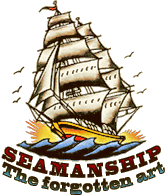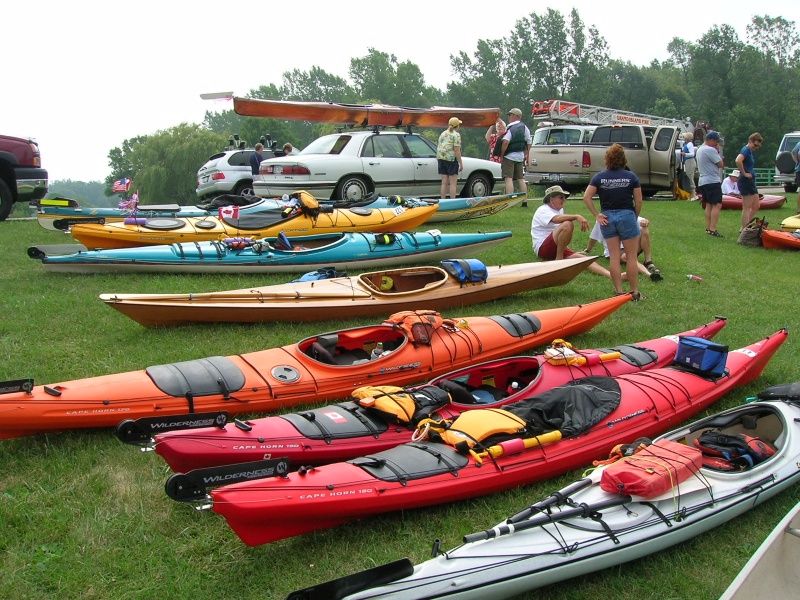Your Stainless Steel Tubing Experts Introduce You to The Lost Art of Seamanship
Stainless Marine your stainless steel tubing analysts would like to share with you these topics we thought would be of interest to you this month regarding uncovering seamanship lessons that never get old.
Your stainless steel tubing professionals know that in his Seamanship column for Boating's July 1960 issue, Elbert Robberson wrote: “In daylight, objects around you are easy to identify. They are big or little, short or long, round or square, and they appear very plainly to be bridges, docks, land, beacons, buoys, or boats of various kinds heading one way or another. But at night, all of these familiar shapes disappear, and all that is left are pinpoints of light:
A lot about boating has changed in the decades since Robberson penned these words, but the need for understanding navigation lights is a seamanship skill that still applies today.
Have a Plan B
In his Seamanship column for our January 1958 issue, Robberson addressed how to prepare an inexperienced crew to help in emergencies.
Your Stainless Steel Tubing Specialists Successfully Train Even the Most Inexperienced
You can find more information as well as get assistance on group #24 battery box and on uncovering seamanship lessons that never get old at Stainless Marine.
“First of all,” he wrote, “unless you know firsthand that your passengers are skilled at boating, assume they know nothing of what goes on inside the gunwales.”
Anchors Away
Your group #24 battery box experts know that in her January 1977 column, Elleen Holm Matthew wrote about anchoring in all sorts of conditions. While windlasses have made some of her points moot, her thoughts on scope still hold true.
Do No Harm
Bob Armstrong wrote about seamanship for the magazine in the 1980s, and in our March 1983 issue, he addressed the confusion some boaters have regarding right of way. Your small stainless steel tubing specialists understand that first and foremost, it's a boater's job to prevent collision. On this, he opined: “And that's why one of the underlying principles is the more maneuverable vessel stays out of the way of the less maneuverable.”
Backing In
Former staff pundit Stuart Reininger laid it on the line in our November 1998 issue when he declared about docking in a slip: “Your stainless steel tubing sizes analysts know that sailboats bow in. Powerboats back in. We have a tradition to uphold.” (We still like to uphold it.) When the wind and current are stacked against you, Reininger recommended the spring-line method.
Quick Tip: Your stainless steel tubing for sale professionals say that when it comes to docking, there's a timeless saying to help you work your way in. “Go slow like a pro, fast like an ass.” In other words, slow and steady wins the docking race.
So don't forget these amazing lessons in successful seamanship. 1) When you have an inexperienced crew, always have a 'plan B'; 2) become experienced in anchoring in all types of conditions; and 3) when it comes to docking, don't rush it.
Stainless Marine has more information on stainless steel tubing, group #24 battery box, group #27 battery box, and on uncovering timeless seamanship lessons that never get old.
via Five Timeless Seamanship Lessons
via Photo







